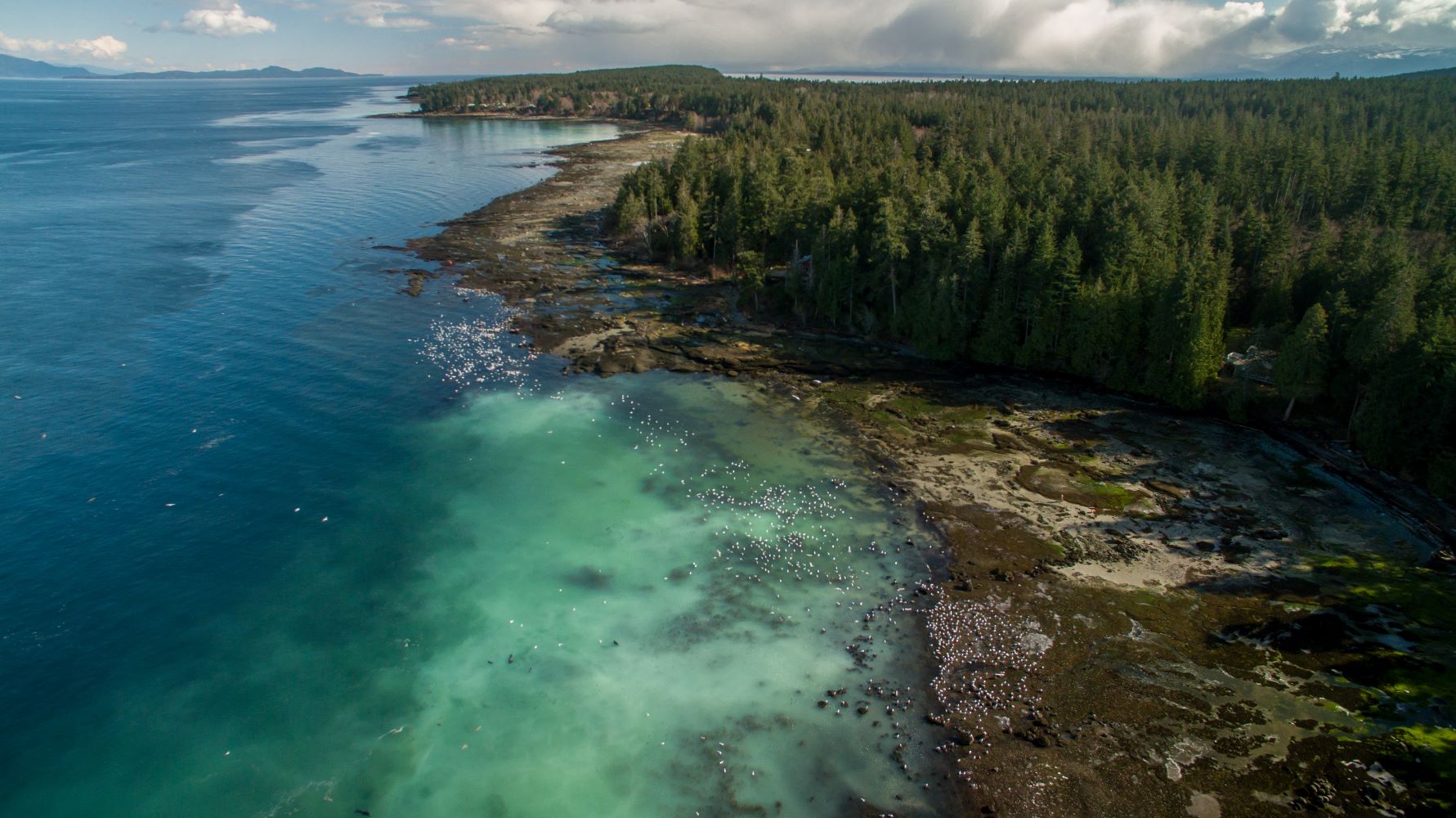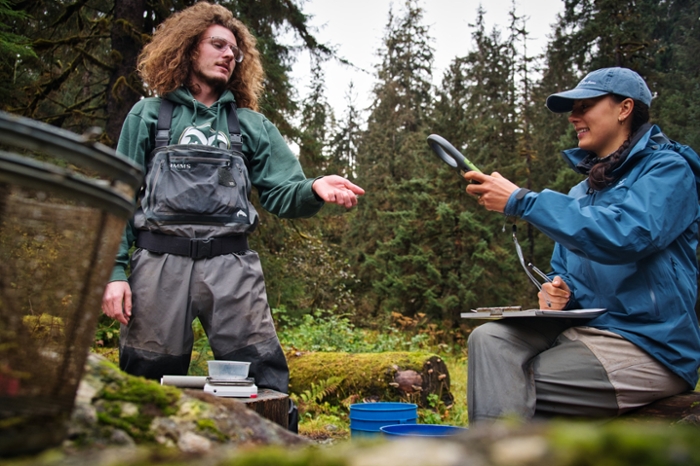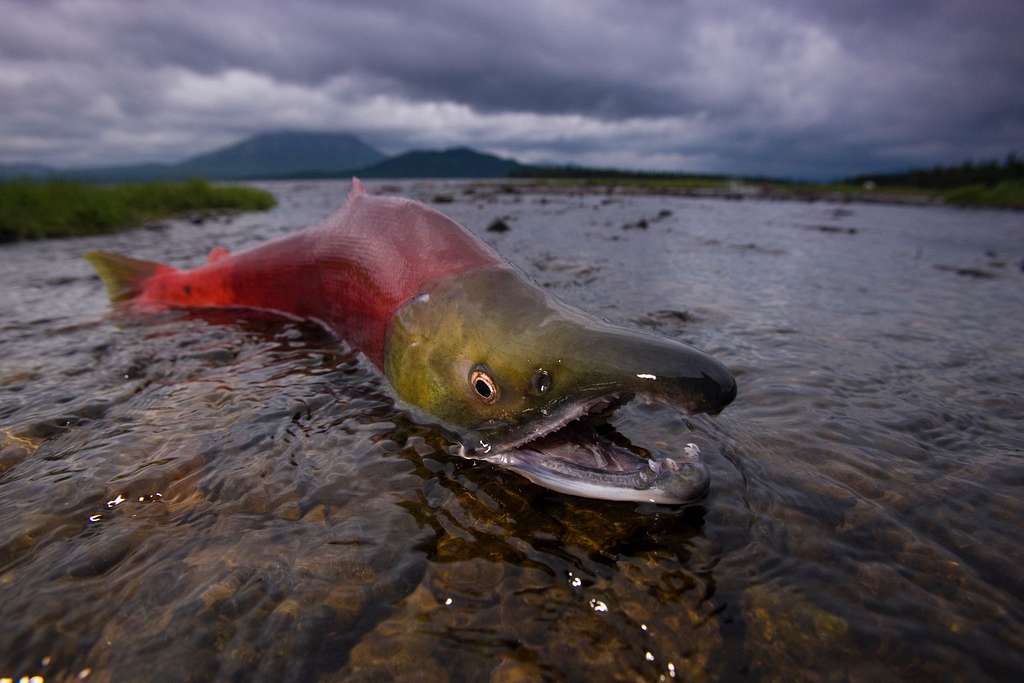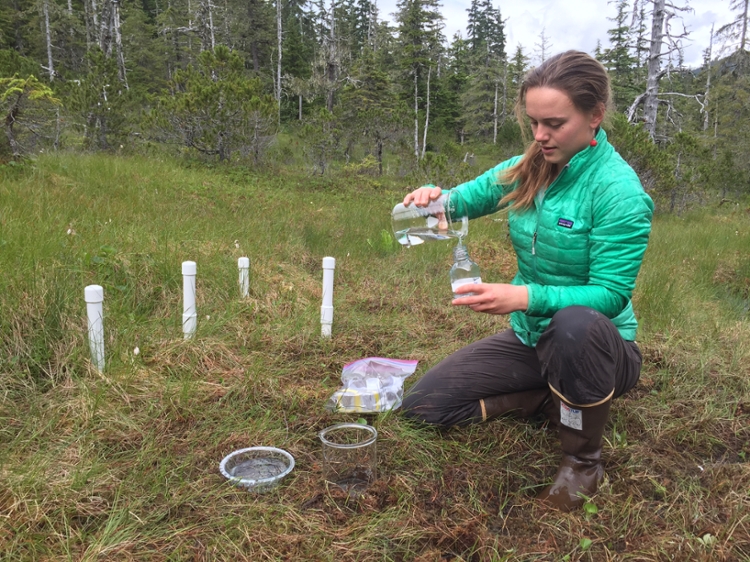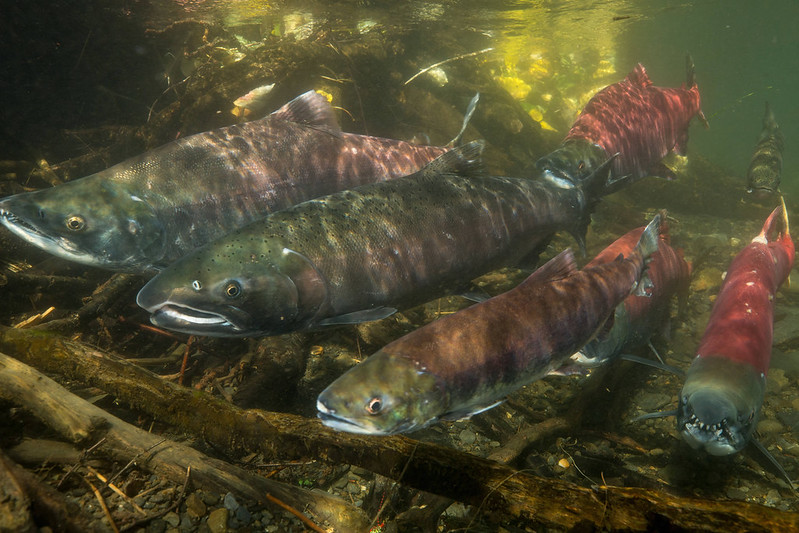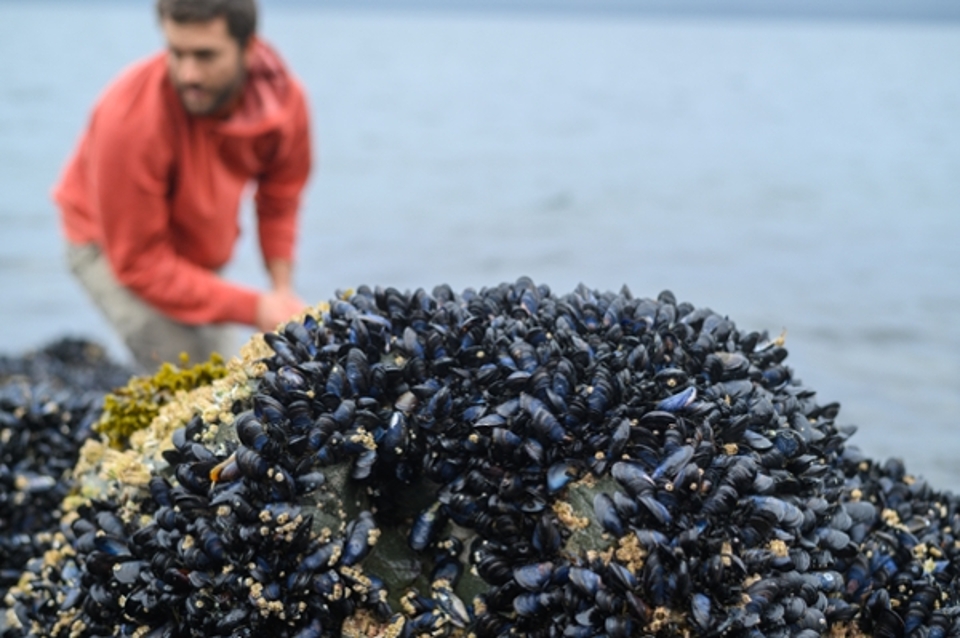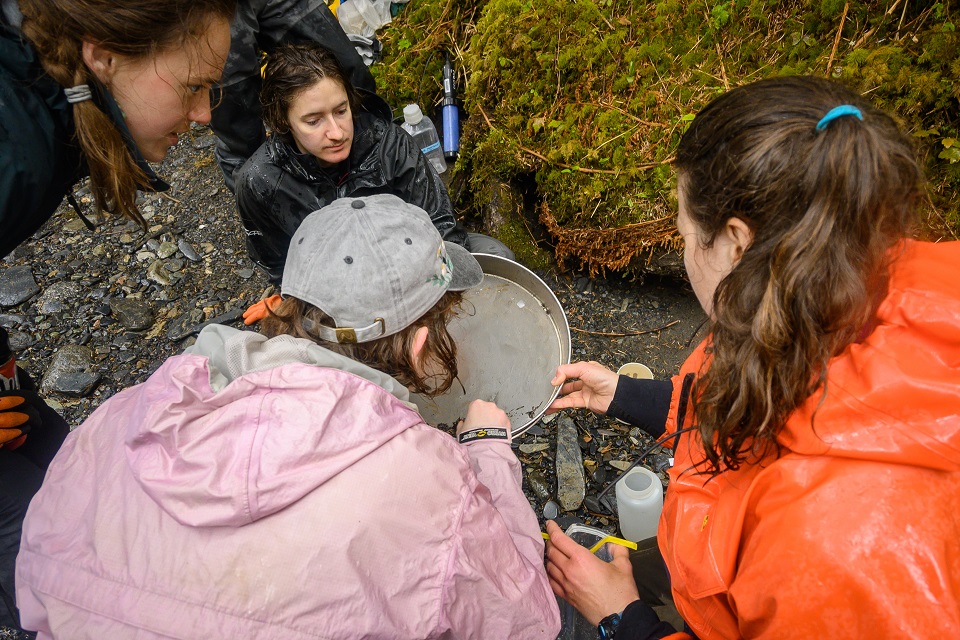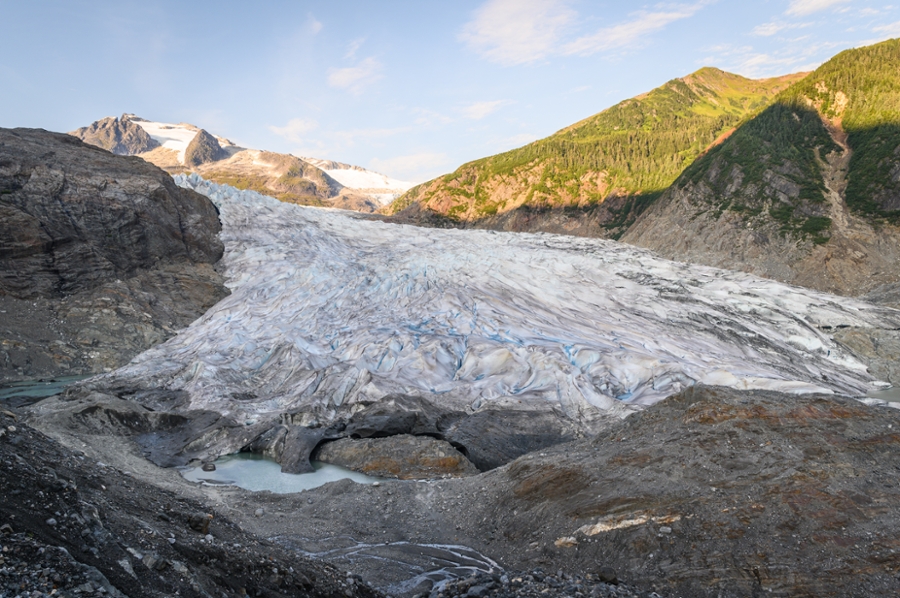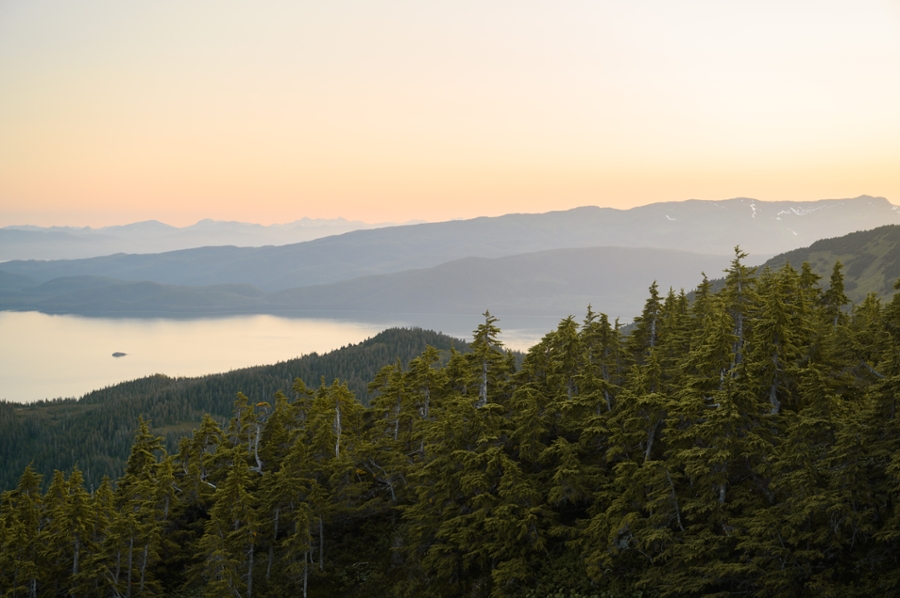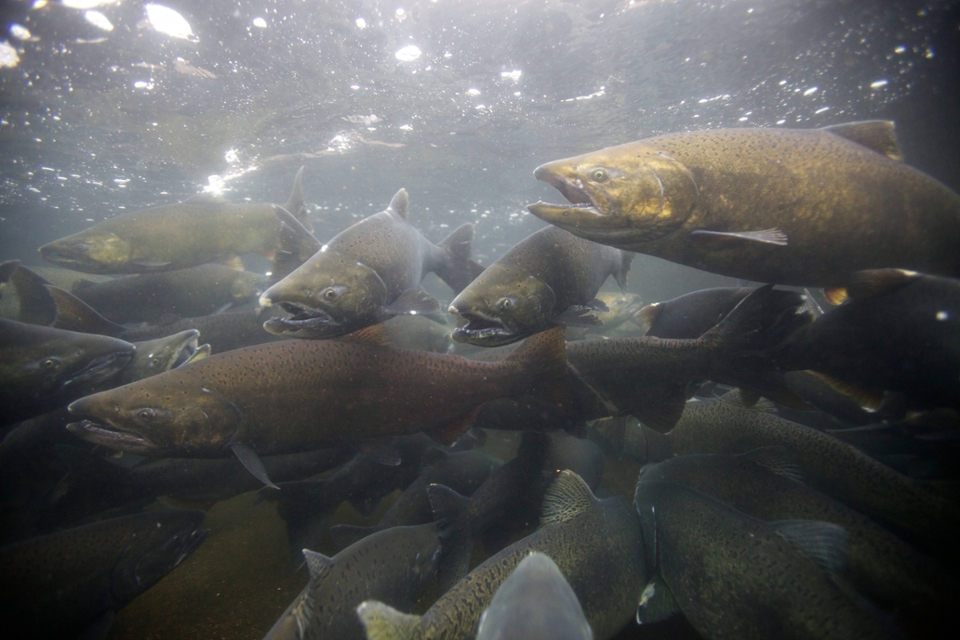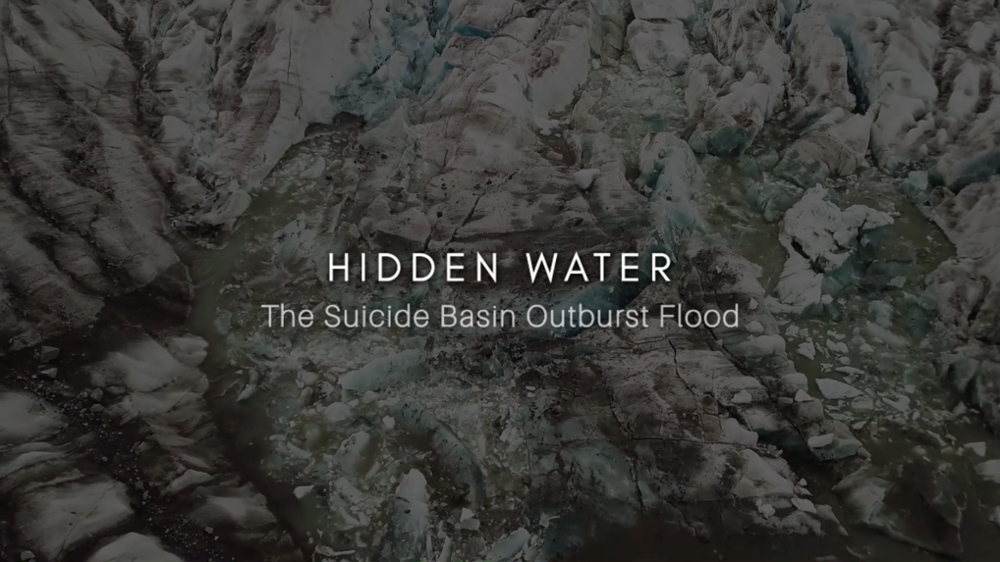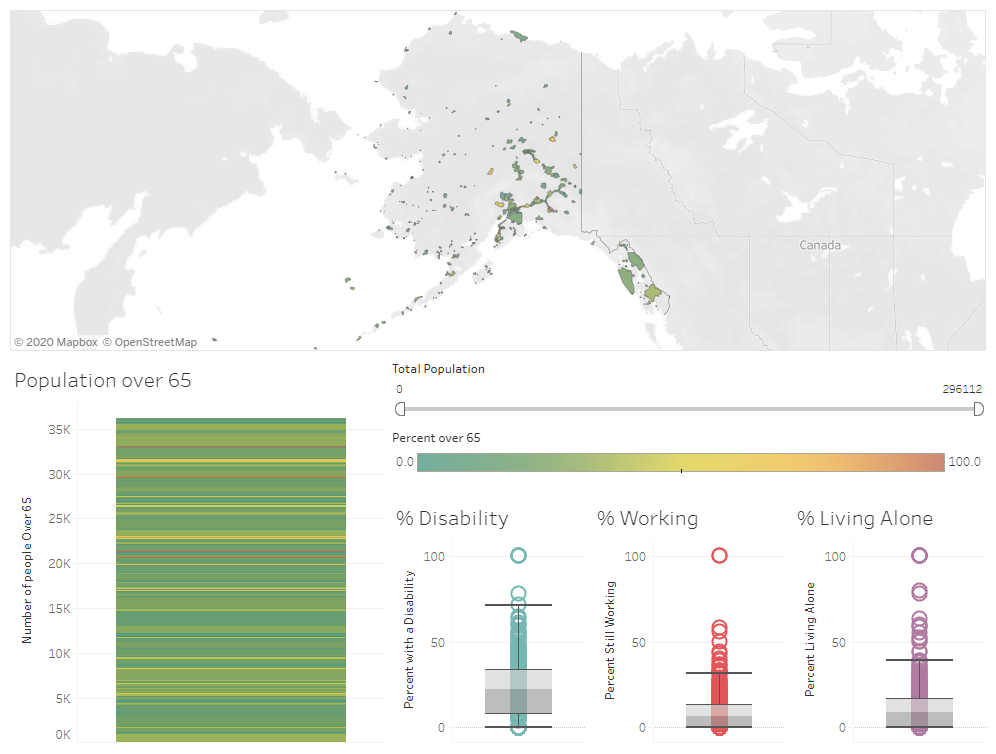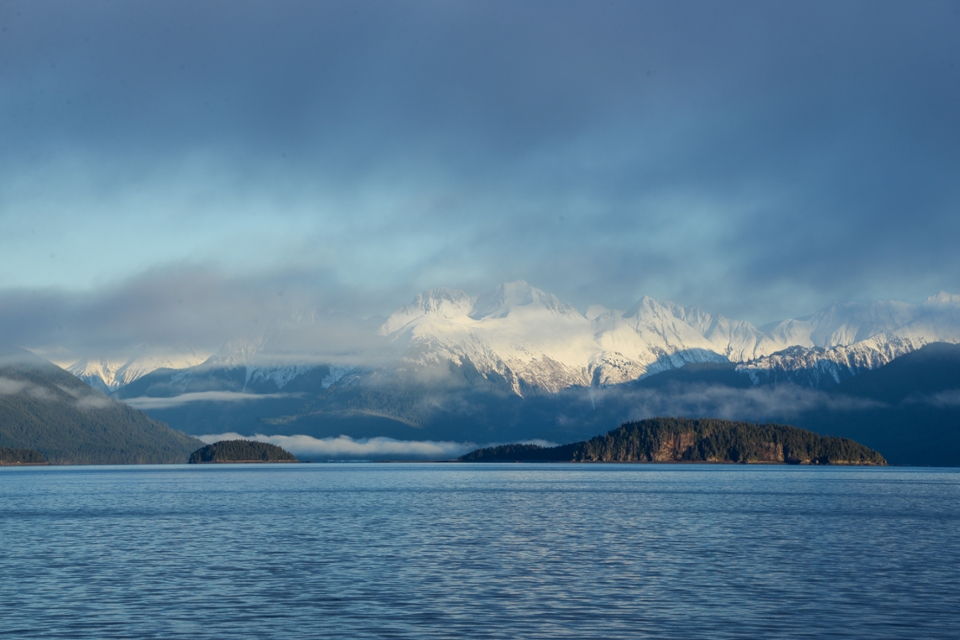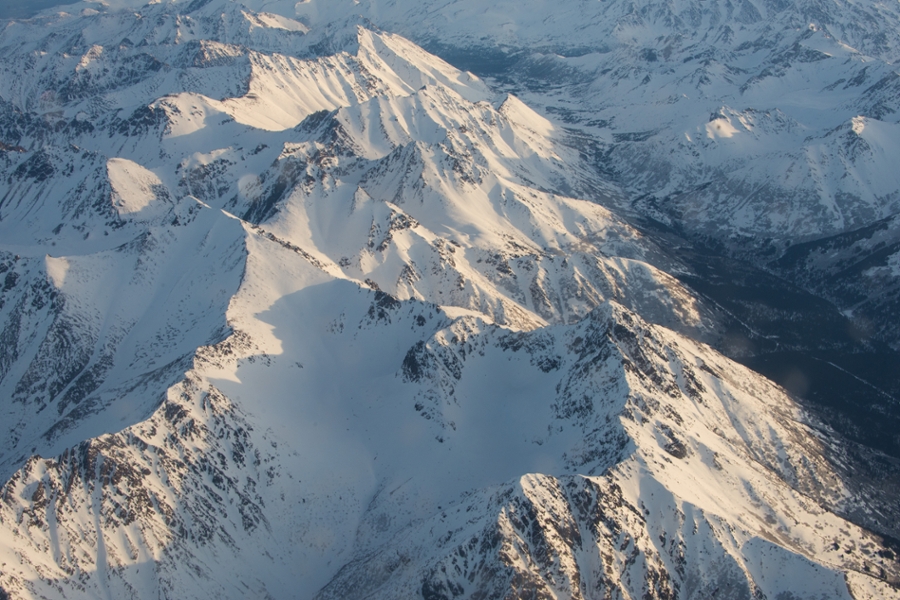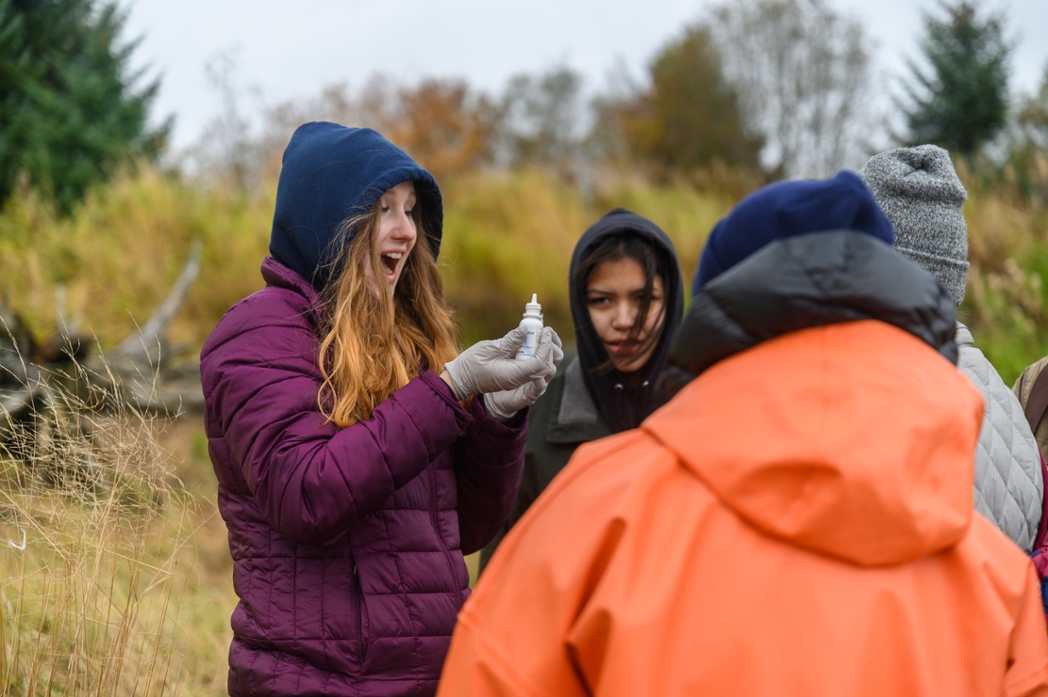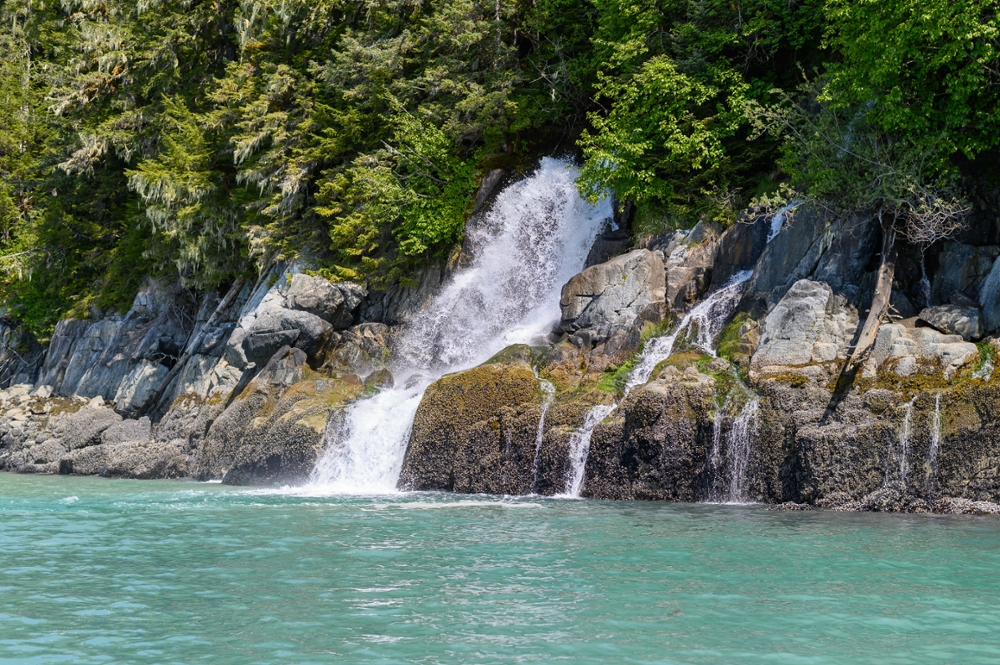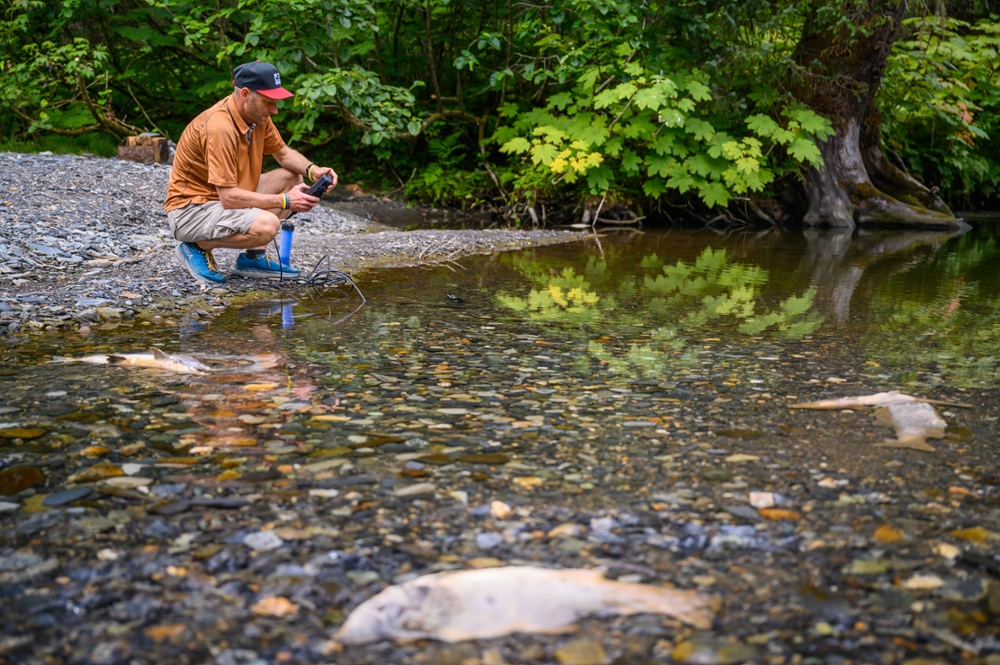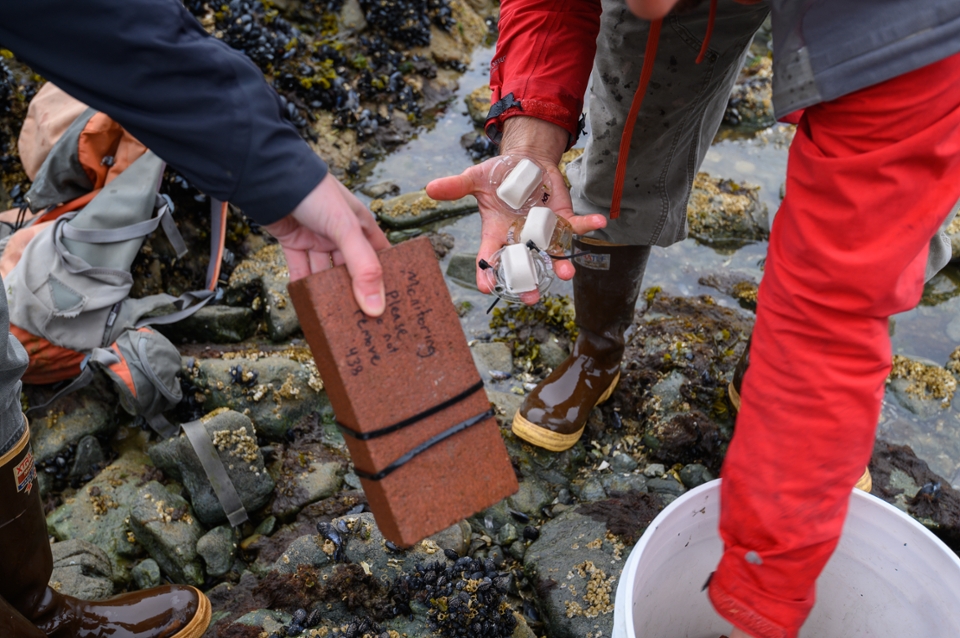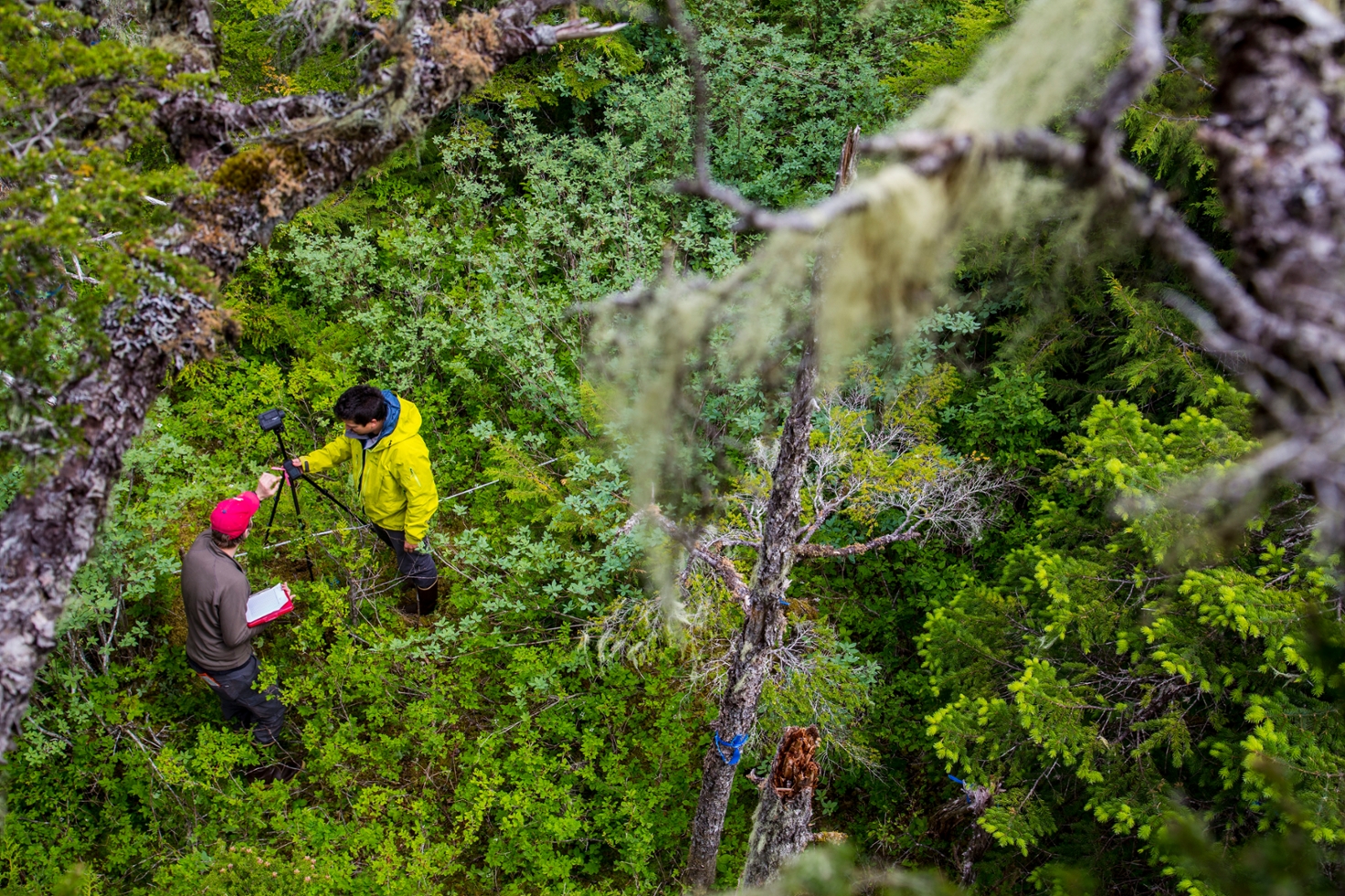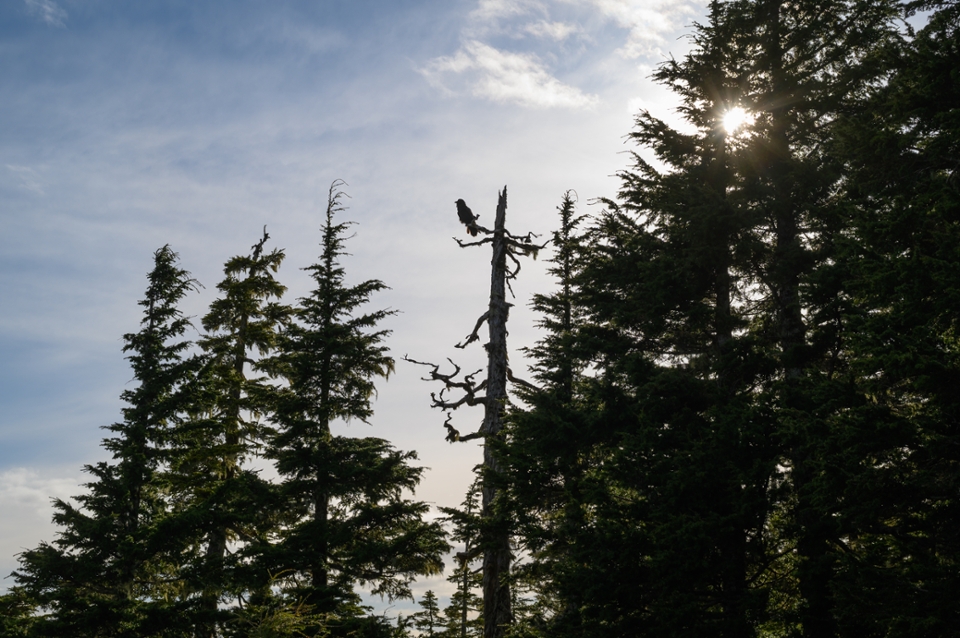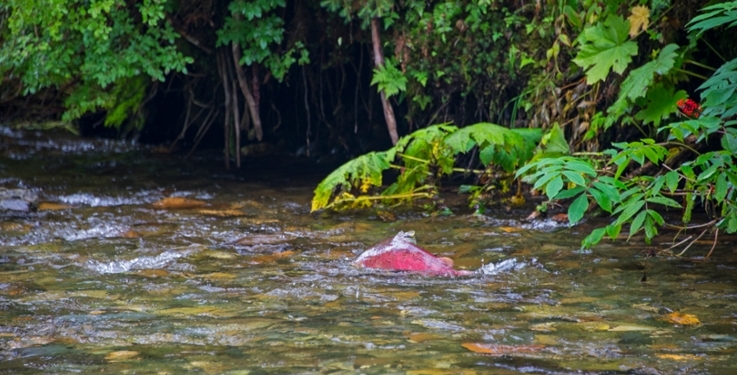On the banks of Juneau’s Montana Creek, Claire Delbecq leans over a small metal strainer, sorting through the plant matter, insects, and sediment that have been collected from the water column of the nearby stream. The contents of this sample can tell us about where and when salmon are getting their food, and how altered patterns of stream flow due to climate change might affect their growth.
Delbecq is a University of Alaska Fairbanks masters student at the Alaska Coastal Rainforest Center, an ecological research institute founded in 2009 to strengthen collaborations between the University of Alaska Southeast, the University of Alaska Fairbanks, the US Forest Service Pacific Northwest Research Station, and the US Forest Service Alaska Region. Understanding how nutrients move from streams out to the ocean and how salmon growth fares in varying hydrologic conditions is a small thread of a larger picture scientists are weaving together of how retreating glaciers, changing hydrological patterns, and our warming climate are altering coastal rainforest environments.
Though warmer and wetter years are predicted for Southeast Alaska, the implications for streamflow are not straightforward. Year-to-year variations in precipitation patterns can cause both drought as well as larger and more frequent storm events. Meanwhile, melting glaciers can supplement stream flows, until retreat becomes so advanced that glaciers may disappear from some watersheds completely.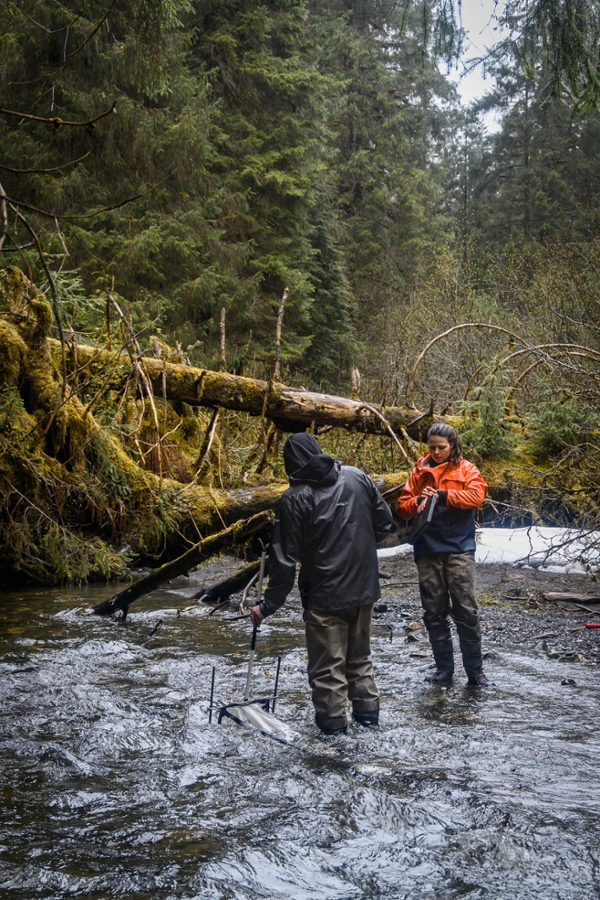
Amid high and low flow, salmon persist in these waters as the landscape changes around them. Delbecq and fellow UAF graduate student Kevin Fitzgerald are studying the flow of nutrients from land to sea, and how juvenile salmon feed during storm events and how different hydrological patterns affect their growth, which is central to our understanding of their future survival. At the ACRC, students have an opportunity to gain lab and fieldwork experience and contribute to our understanding of ecological processes in the temperate rainforest, as well as develop their own research questions about the coastal environment we live in.
“We have an amazing group of undergraduate and graduate students out in the field and lab this year. It’s a chance for them to go beyond topics learned in the classroom, and experience the challenges and successes of ecological research” said UAS Research Assistant Professor Jason Fellman. Last week, ACRC staff, faculty, students and affiliates met for the first annual ACRC science symposium, a chance for students to learn about the research they are helping to carry out. “We hope to see our students do presentations at the end of the summer on the research they conducted during their time with us,” said Fellman.
Salmon growth and stream hydrology are just a facet of research within the ACRC network, where scientists study carbon storage and movement in soils, peatlands, landslide paths, and vegetation, as well as glacier and avalanche dynamics, climate and adaptive governance, and ocean acidification.
Delbecq and Fitzgerald supervise undergraduate students helping collect and process data for their research. “It's very cool to be a part of a research team that is doing work in a place that is so dynamic. Everyone has their own specialties and there are a lot of opportunities for interesting connections. Having a strong group of undergrads working with us this summer has already proven to be incredibly helpful. They consistently ask questions that help me understand my work better. This crew of undergrads is excited to learn new skills, ask questions, and explore their own interests,” said Delbecq.
Other student research at the center includes collecting and processing drone imagery to track ice dynamics in Juneau’s Suicide Basin, a glacial-dammed lake along Mendenhall Glacier that has released floods nearly every year since 2011, looking for the presence of microplastics in sediment and water bodies, and monitoring water quality in streams.
Back on Montana Creek, Delbecq and Fitzgerald lead a group of undergraduate students through collecting water samples and measuring streamflow. Funding to support these students is brought in through federal or state research grants, of which ACRC is projected to bring over $1.25 million to the University of Alaska Southeast next year. The funding for their research at Montana Creek is provided by the Alaska Climate Adaptation Science Center.
“In addition to gaining valuable scientific experience, our summer students help the ACRC fulfill its mission to link land, sea, and society through integrative research on environmental change and social-ecological conditions in the Pacific Coastal Temperate Rainforest system,” said ACRC Director Tom Thornton. “We look forward to their results and to their development into rainforest scientists,” said Thornton.
